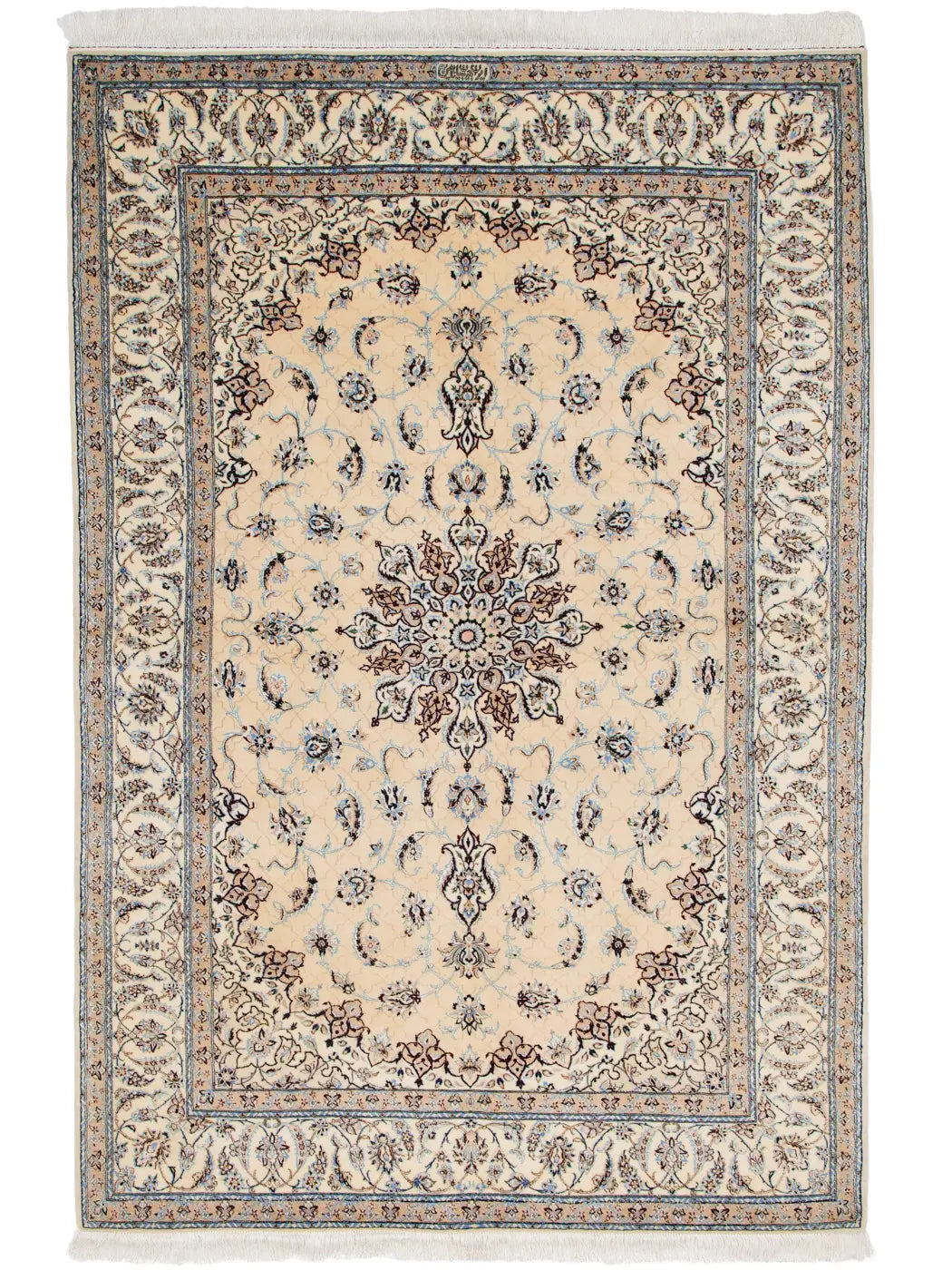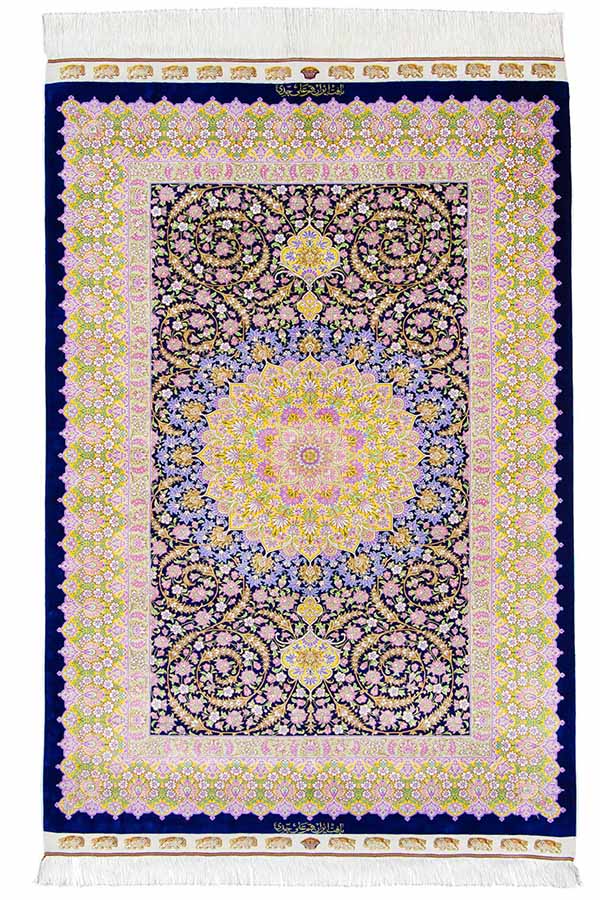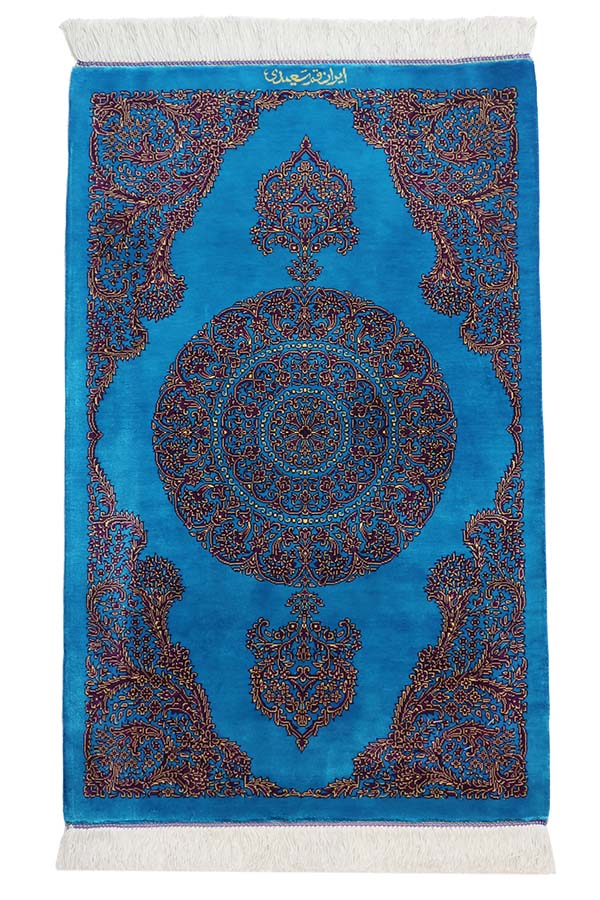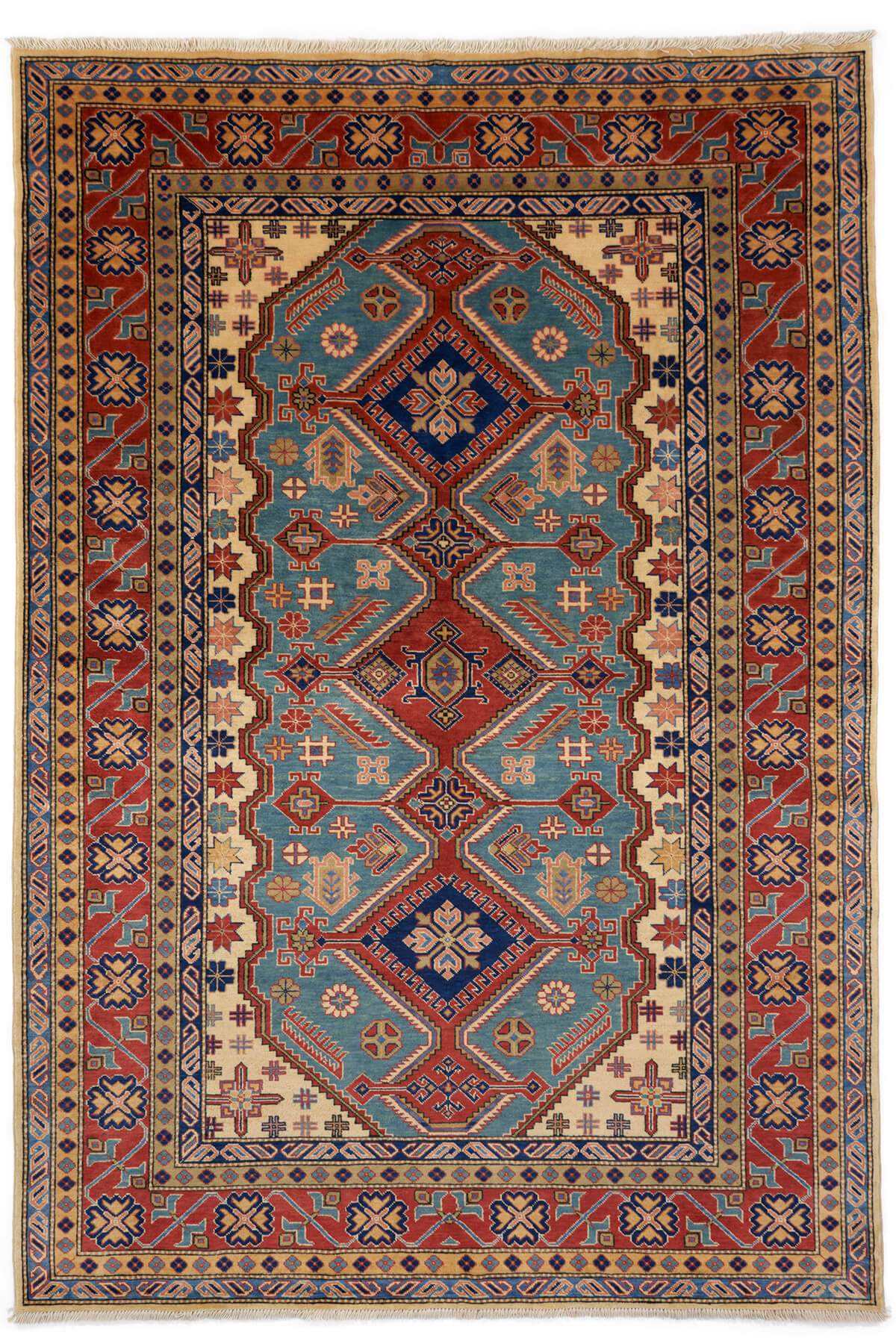Welcome to the fascinating history of carpet weaving!
Turkish carpets have been carefully passed down to the present day, while improving their artistry and craftsmanship throughout their long history. This time, we will introduce the history, characteristics, and weaving process of Turkish carpets.
Turkish carpets originated from nomadic peoples in Central Asia, and the technique was further developed by people who migrated to Anatolia. These carpets, known as "Anatolian carpets", became especially popular during the Seljuk and Ottoman periods, when the vibrant designs of the Uşak region attracted many people. In the 14th century, carpets with animal motifs appeared, and in the 15th century, new carpets appeared that added geometric patterns to animal motifs. These carpets are called "Holbein carpets" because they were depicted in paintings by the German painter Hans Holbein.
Hereke carpets
"Hereke carpets", which began production in the Hereke region of Turkey about 200 years ago, are known for their delicate craftsmanship and were once as valuable as Persian carpets. Today, production is extremely low, and Hereke carpets on the market are very rare, which makes them very expensive.
The charm of Turkish carpets
The greatest attraction of Turkish carpets is their beauty and durability. Hand-woven from natural materials such as lustrous wool, silk and cotton, each carpet is unique. The use of natural dyes gives them very vivid colors and makes them long-lasting.
In the 16th century, carpets called "Classic Ottoman carpets" were used in the royal courts, and designs with floral motifs such as tulips and carnations woven into them appeared. This tradition continues to this day, and can be seen in many regions as a style of Turkish carpet.
The difference between Turkish and Persian carpets
Turkish and Persian carpets differ not only in appearance, but also in the way they are made and knotted. Turkish carpets are woven using a symmetrical knot called the "Turkish knot," while Persian carpets are characterized by an asymmetrical knot called the "Persian knot." This difference affects the feel and durability of the carpet.
Tips for choosing Turkish carpets
When buying a Turkish carpet, first pay attention to the material and manufacturing method. By checking whether it is hand-woven or machine-made, and whether the material is natural or synthetic, you can make the right choice for you. Also, if you can actually see and touch the carpets in the store, you can fully check the texture and design and find one that satisfies you.
Turkish carpets are not just rugs, but works of art filled with history and culture. Experience their charm and find your favorite one!





